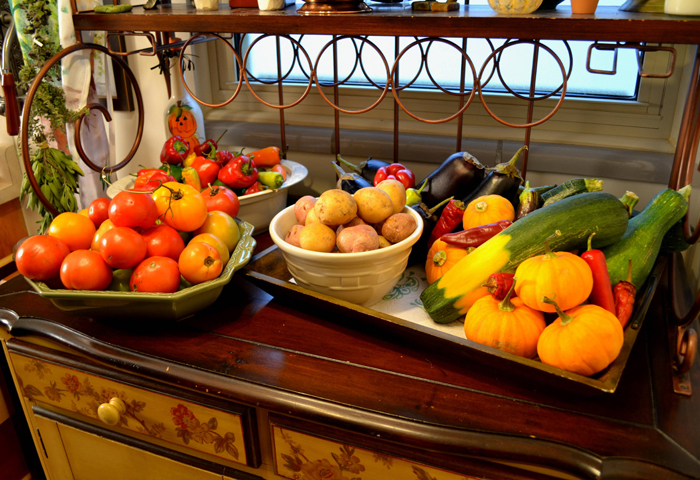7 Tips for Moving Toward a More Plant-Based Diet

Revamp your diet
Live Science spoke with certified clinical nutritionist Gena Hamshaw, author of the popular plant-based diet blog The Full Helping and two vegan cookbooks. Here are seven of her best tips for how to move toward a whole-food, plant-based diet.

Start slowly
“If you’re curious about a plant-based diet, it’s important to not have this sort of short-term, how-extreme-can-I-go attitude,” Hamshaw told Live Science. Instead, you should try to gradually explore how to incorporate changes into your lifestyle, she said.

Don’t forget the major macronutrients
For example, Hamshaw said that sometimes, clients will tell her they made a giant salad with 10 different vegetables and a tahini dressing. While “that’s super awesome,” Hamshaw said, “I don’t see where the protein or complex carbs in that meal is to help keep you full for 4 hours.” People need to make sure to get enough proteins, carbohydrates and fats to fuel them and help satiate their appetites. Try adding roasted sweet potatoes, pepitas [i.e., pumpkin/squash seeds] or marinated tempeh to a salad, she recommended.

Have some fun grocery shopping
Hamshaw encourages her clients to experiment and have fun, trying new foods that may not fit into any standard category. For instance, Hamshaw said she often picks up a new artisanal vegan cheese to try, or an interesting faux meat product. Others may prefer to buy a bar of dark chocolate or a decadent new almond milk.
The takeaway? Make sure to have fun and keep things interesting on your shopping trips, and don’t put too much pressure on yourself to stick to only the ultrahealthy staples.

Use leftovers for lunches
If you live by yourself, you may be reluctant to make recipes that serve four to six people. “But you can freeze almost anything,” Hamshaw said. “Make the whole portion, and freeze half in individual serving bags — and you’ll have instant lunches and dinners the next time you need one in a pinch.”

Make sure to batch cook
Then, Hamshaw said, you’ll be able to put together quick, easy bowls during the week using different combinations of these ingredients.
Plus, with this strategy, you won’t be facing a fridge full of unprepared veggies late on Wednesday night, when your creativity and energy levels may not be high.

Use dressings for instant variety
“Dressings are sort of my little secret weapon for avoiding food boredom,” Hamshaw told Live Science. She recommended having a few flavorful dressings on hand — for example, a garlic tahini dressing, a tart vinaigrette and a creamy ginger dressing. Then, you can put these on the very same rice and beans, and the dish will taste totally different, she said. Using a variety of dressings is a good way to take the same base ingredients and make them feel different, Hamshaw said.

Ease in with foods you already know and love
“Most of us know and love a lot of plant-based food already,” Hamshaw said. Start with these foods as your diet background, and little by little, start exploring new food to add to your diet. That way, you’ll be able to ease into your new diet with confidence.


